
Scientists determine there are seven species of silky anteater, not one
Silky anteaters are the tiniest anteater species in the world, which is why there are often referred to as the pygmy anteater. They are typically around 35-45cm in body length, with a tail around 15-25cm. They can weigh as little as 200 grams! 2. They've got no teeth! A silky anteater can cover some serious foraging ground in an evening.

Featured species Silky Anteater (Cyclopes didactylus)
Learn about the silky anteater ( Cyclopes didactylus ), the smallest anteater species. Encyclopædia Britannica, Inc. Observe silky anteaters navigate rainforest treetops with their prehensile tails Compare the elephant's 95-week gestation period with the marsupial American opossum's 12-13-day gestation

Silky Anteater Zoopedia Wiki Fandom
Silky anteaters are the smallest living anteaters and have proportionately shorter faces and larger crania than other species. Adults have a total length ranging from 36 to 45 cm (14 to 18 in), including a tail 17 to 24 cm (6.7 to 9.4 in) long, and weigh from 175 to 400 g (6.2 to 14.1 oz).

Costa Rica Mammal Watching
The silky anteater isn't high. It's just tired, because this proficient nocturnal hunter has no business being up during the day.Still haven't subscribed to.
:max_bytes(150000):strip_icc()/silky-anteater-in-the-caroni-swamp-520381510-7f12f480da2849759c8dd074b0e35c4d.jpg)
8 Fascinating Anteater Facts
The common silky anteater is known from eastern Colombia, eastern and southern Venezuela, Trinidad Island, the Guianas, and northern and northeastern Brazil, with the southern limit being the São Francisco River. Cyclopes didactylus has a genetically separated subpopulation (i.e., a disjunct distribution) in Brazil. One is limited to the.

a small brown animal sitting on top of a tree branch with moss growing
Silky anteaters are the smallest anteaters and were the first to evolve, between 30 million and 40 million years ago. Largely solitary and nocturnal, these fluffy little canopy dwellers.
A Silky Anteater recently spotted in Panama Photo by Brian Wilcox
The silky anteater (Cyclopes didactylus) is a native of the hottest parts of South and Central America and exclusively arboreal in its habits. Behavior and ecology Sleeping giant anteater. Anteaters are mostly solitary mammals prepared to defend their 1.0 to 1.5 sq mi (2.6 to 3.9 km 2) territories. They do not normally enter a territory of.

Silky Anteater Things Guyana
The silky anteater is the smallest of all anteaters with a size similar to that of a squirrel. Its total body length usually ranges between 36 to 45 cm. Its tail measures 18 to 26 cm in length (Eisenberg and Redford, 1999). They typically weigh between 175 to 500 grams (Nowak, 1999).
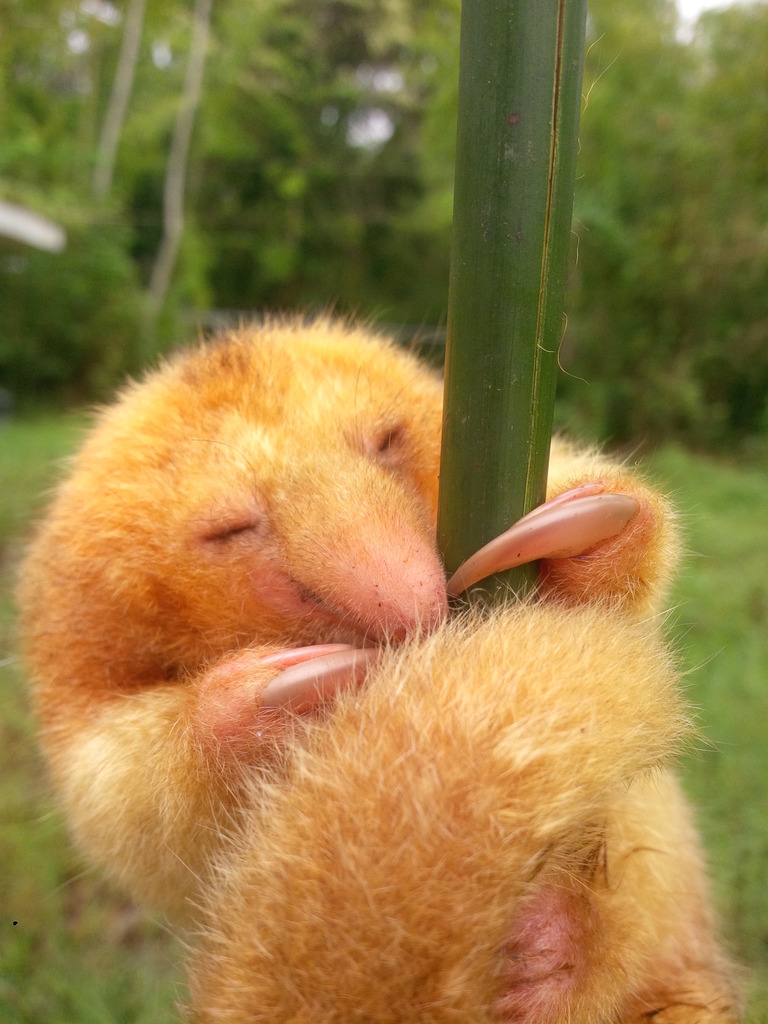
Silky Anteater Large Mammals of Honduras) · iNaturalist
major reference In anteater: The silky anteater Also known as the two-toed, pygmy, or dwarf anteater, the silky anteater ( Cyclopes didactylus) is the smallest and least-known member of the family. The silky anteater is found from southern Mexico southward to Bolivia and Brazil. It is not rare but is difficult… Read More

Featured species Silky Anteater (Cyclopes didactylus)
The silky anteater is nocturnal and arboreal: It lives its life in the treetops, almost never descending to the ground. Seldom seen, it is the world's least-studied anteater. 7+ Scientists once thought all silky anteaters were a single species but now believe there are seven or more distinct species.
Silky Anteater in Peru r/anteaters
The Silky Anteater (Cyclopes didactylus) has unique features. Its hind feet are modified for climbing and is mostly arboreal and nocturnal. It inhabits the forests of Central and South America and is considered the smallest anteater. For this reason, it is sometimes called pygmy anteater. The Silky Anteater has a body length in the range of 13.8"-17.7" (35-45 cm) and total weight of .4-.9.

Silky Anteater Facts, History, Useful Information and Amazing Pictures
The silky anteater is arboreal and very rarely descends to the ground. Physical Description Other Physical Features endothermic bilateral symmetry Average mass 266 g 9.37 oz AnAge Average basal metabolic rate 0.636 W AnAge Reproduction Gestation of the silky anteater is between 120 and 150 days.
Sleepy Silky Anteater in Costa Rica Photo by Ondrej Franta r/anteaters
Weird & Wild Six New Tiny Anteater Species Found—Hiding in Plain Sight Tree-dwelling and nocturnal, silky anteaters of Central and South America have often eluded scientists—until now. By.

Silky Anteater or Pygmy Anteater (Cyclopes didactylus) Anteater
silky anteater See all related content → Recent News Dec. 14, 2023, 2:56 AM ET (Yahoo) John Oates ('The Masked Singer' Anteater) unmasked. anteater, (suborder Vermilingua), any of four species of toothless, insect -eating mammals found in tropical savannas and forests from southern Mexico to Paraguay and northern Argentina.
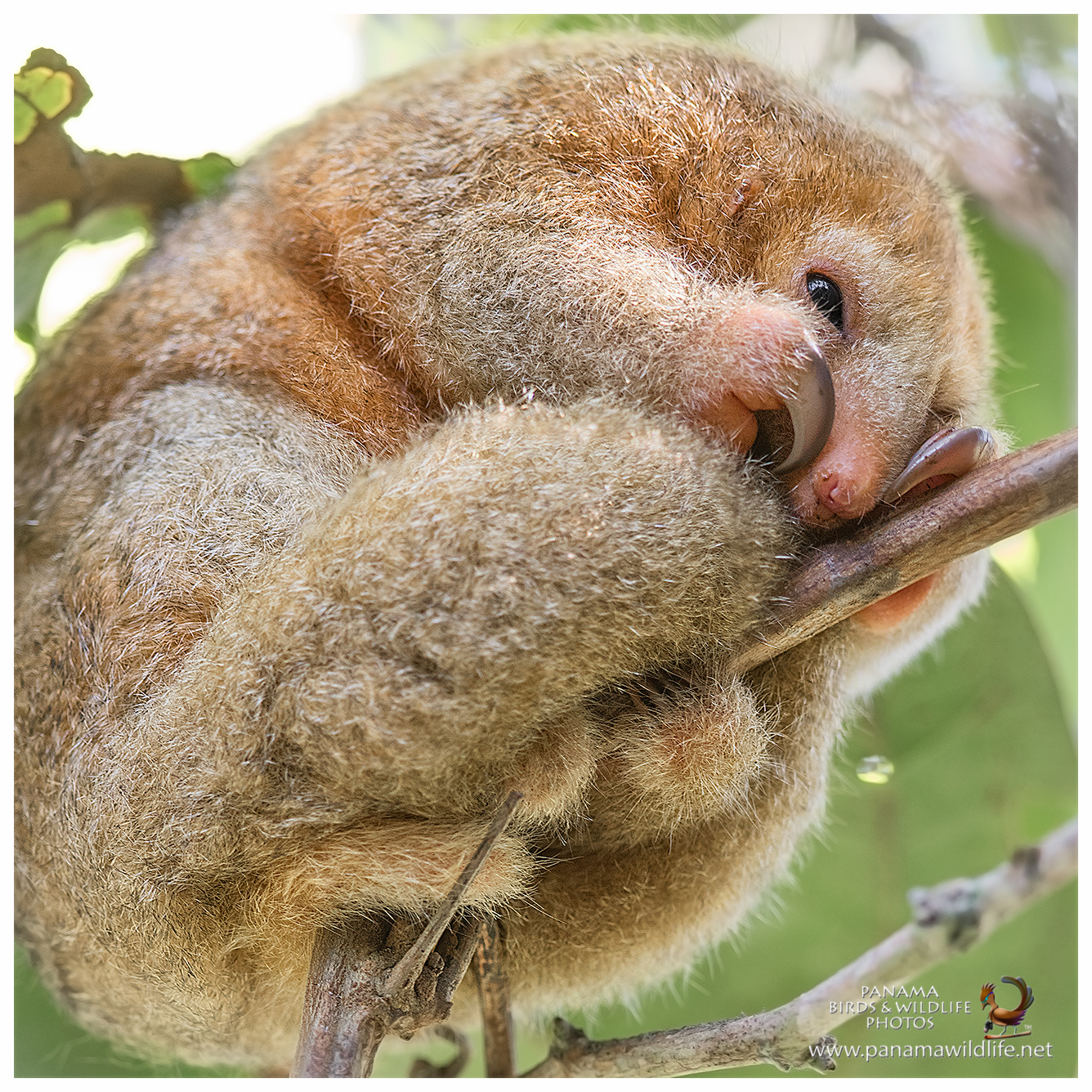
Featured species Silky Anteater (Cyclopes didactylus)
Scientists don't know how many silky anteaters live in Brazil's Parnaíba Delta. Densely vegetated mangroves make it difficult to count the elusive animals. Courtesy Karina Molina. Now.

Featured species Silky Anteater (Cyclopes didactylus)
The new study combines genetic and anatomical data to review the classification of silky anteaters. Led by former Dr. Flávia Miranda, the team of researchers analyzed 33 samples of DNA and.